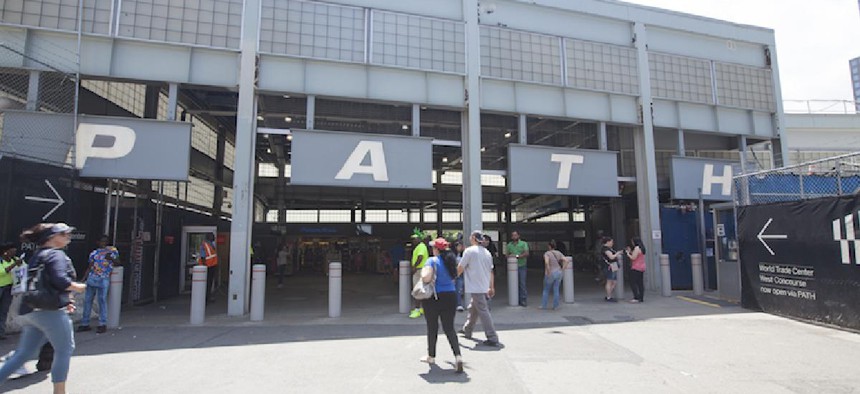“Regional” government should, in theory, help rationalize a metro area’s infrastructure priorities, but that’s something that the Port Authority of New York and New Jersey, as currently configured, can’t seem to do. Bloated in size, facing more than $20 billion in total debt, and unable to make investments where they’re needed, the agency, founded on the Progressive-Era promise of public efficiency, serves the public poorly.
The solution? Break the whole thing up, forcing the individual units to learn how to thrive independently and ending the counterproductive and costly system of cross-subsidy. A spate of scandals revealing incompetence, waste and corruption has strengthened interest in far-reaching reform. But proposals for dramatic restructuring must reckon with fiscal reality. New subsidies would have to be identified for unprofitable operations, and obligations to bondholders must be honored. These obstacles don’t render reform impossible, but they do make it a formidable challenge.
The Port Authority operates five airports, the PATH system, six cross-Hudson bridges and tunnels, 45 million square feet of retail, industrial, and office space, the world’s busiest bus facility and six seaport facilities in New Jersey and New York. Any restructuring plan should be guided by two principles: First, in addition to honoring commitments to bondholders (breaking up the agency without making bondholders whole would prompt an avalanche of litigation), transition costs should be kept to a minimum. Second, the past should not dictate the Port Authority’s responsibilities. Reforming the Port Authority should be seen as a question of giving historical clarity to its function, not an attempt to revive the golden age of public administration.
The most fiscally realistic breakup scenario involves severing the Port Authority at its natural joints of aviation, port commerce, Hudson crossings and real estate. Two new agencies would be created: one responsible for the bridges, tunnels, and PATH; and the other for the airports and port commerce (which also runs a deficit, though one not nearly as deep as PATH’s). The chief benefits of this plan would be greater focus on core infrastructure and individual revenue streams. Whereas many governments these days face a revenue crisis, the Port Authority’s challenge is better understood as how to make optimal use of its profits.
Spinning off the airports and putting them under a newly created authority would address the long-standing complaint that aviation revenues are often diverted from aviation operations. The three major airports should remain together under the new authority because separating them could threaten the airports’ credit quality – a serious concern, given that this new authority would have to issue debt to refund a portion of the Port Authority’s debt.
Selling off the World Trade Center and other real estate is important for financial as well as symbolic reasons. The Port Authority’s engagement in the redevelopment of lower Manhattan and other struggling areas dates back to an era of deindustrialization and urban decay, when many government officials took an “all hands on deck” attitude toward economic stimulus. But now that it’s clear that New York is not going the way of Buffalo, Detroit, and other struggling cities, government-sponsored economic development seems even less justifiable than it did 40 years ago. The Port Authority should retain control of all six bridges and tunnels, and of PATH, which, with its $400 million deficit, will always need subsidies. If the Port Authority remains somehow responsible for funding PATH, as seems likely, it should also run it. This scaled-down Port Authority would be less indebted and better positioned to take on two looming megaprojects: a new bus terminal in midtown Manhattan and the Gateway Program, at the heart of which is a new cross-Hudson tunnel into Penn Station.
Opponents of restructuring argue that a breakup would make a bad situation worse, especially in light of the New York City metro area’s extreme political fragmentation. But their solution – more independence for Port Authority board members and staff – is impractical in a modern context. No doubt, many infrastructure challenges would go unsolved by restructuring the Port Authority, but that doesn’t mean that it wouldn’t be worth doing. A smaller Port Authority would be a more disciplined Port Authority.
Stephen Eide is a Manhattan Institute senior fellow. This is adapted from the summer issue of the Manhattan Institute’s City Journal.
NEXT STORY: Podcast: David Dinkins reflects, Part One


